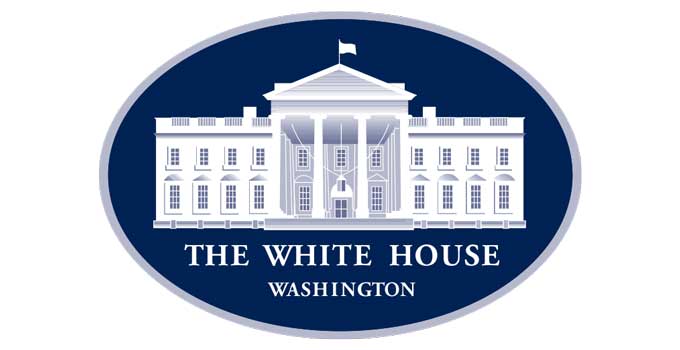The road to autonomy is paved in legal regulations. So sayeth the Obama administration, which on Monday unveiled the first regulatory standards related to automated vehicles and the technology that powers them.
In a press release, the White House pointed to the Federal Automated Vehicles Policy, described as a plan to facilitate the introduction of self-driving technology into mainstream consumerism. The Department of Transportation will soon issue a federal policy guide for “the responsible testing and deployment of automated vehicles,” a package comprised of four sections. According to the release, those sections are:
Vehicle performance guidance for manufacturers, developers, and other organizations outlining a 15 point “Safety Assessment” for the safe design, development, testing, and deployment of highly automated vehicles, including a request that automakers sign and submit this safety assessment to certify that their vehicles are ready for public roads.
Model for state policy that presents a clear distinction between Federal and State responsibilities and recommends policy areas for states to consider with a goal of generating a consistent national framework for the testing and operation of automated vehicles while leaving room for learning and valuable state discretion.
Current regulatory tools that National Highway Traffic Safety Administration (NHTSA) can use to aid the safe development of automated vehicles, such as interpreting current rules to allow for appropriate flexibility in design, providing limited exemptions to allow for testing of nontraditional vehicle designs, and ensuring that unsafe automated vehicles are removed from the road.
New tools and authorities that NHTSA could consider seeking in the future to aid the safe and efficient deployment of new lifesaving technologies and ensure that technologies deployed on the road are safe. For example, NHTSA is seeking public feedback on whether to consider pre-approving novel automated vehicle technologies before they are allowed on public roads and whether to create a new Federal safety standard for revolutionary vehicle designs, such as ones that do not require a steering wheel or gas pedal.
The NHTSA also plans release a final enforcement guidance bulletin to clarify how its recall system applies to automated vehicle technologies.
The proposal is the most significant signal yet that the government has all but embraced the idea that self-driving cars will soon play an important role in the future of transportation and improving road safety. It’s also a signal that federal regulators are beginning to lay the groundwork for a system intended to keep a mild reign on the tech companies working with nascent technologies.
The White House notes that this is just “the first step” in supporting the safe and responsible development of new tech. Other topics the administration expects to tackle: Cyber Security Best Practices and a prosed rule that would mandate that all new vehicles have technologies capable of transmitting and receiving basic safety messages.
